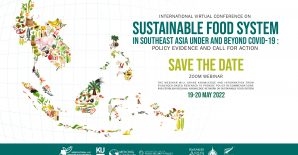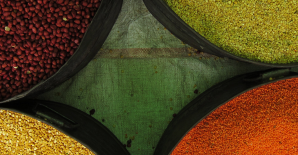Vietnam has experienced rapid growth in agricultural mechanization lately. The mechanization patterns in Vietnam have been highly divergent across regions, characterized by the growth in the smallholder-dominated deltas and the land-abundant regions of Central Coast. Machine use has been largely enabled by rentals rather than ownership. While machinery use and tractor ownership was originally concentrated among larger farmers, they have gradually spread to smaller farms, enabling many smallholders to stay competitive in the face of rising farm wages. Since the economic and social reform in the late 1980s, the private sector has rapidly emerged as the major player in meeting the demand for greater farm power use in Vietnam. The fast pace of growth of the power tiller manufacturing industry during the 1990s and the shift from smaller combines to larger combine-harvesters in the last several years, is largely consistent with the predictions in earlier literature that the supply side is generally not a major constraint for mechanization growth in developing countries, compared to the demand side constraints even in the transition countries like Vietnam.
To promote custom hiring service provisions, machinery should be modified to fit the local needs and affordable spare parts, repairs and trainings should also be provided. Many low-income countries with low total factor productivity have not experienced the degree of machinery adoption as Vietnam. Vietnam’s experiences suggest that demand side factors are more important than the supply side factors. Substantial public investments including those in agricultural R&D and irrigation infrastructure, as well as the acceleration of the economic transformation in the county, are likely to stimulate the demand for machine use. To read more, please see find the research brief here.



